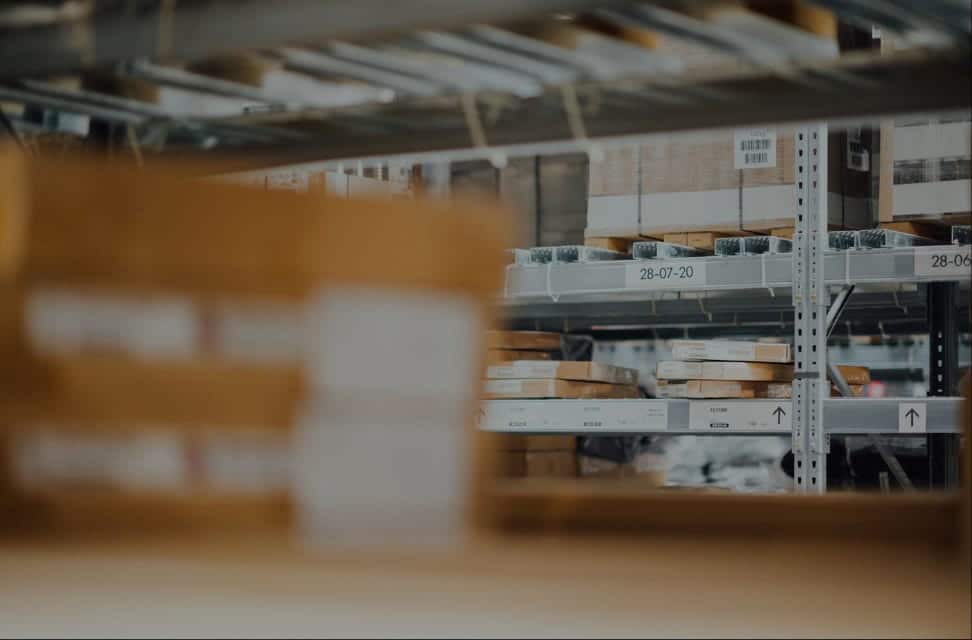Best Accounting for Businesses from Fast Growing Merchants to Enterprises
1. Sage Intacct
How does Brightpearl work with Sage Intacct?
As part of Sage, Brightpearl has developed and built in-house a connector with Sage Intacct to allow businesses to benefit from the best-in-class Retail Operating System as well as best-in-class financial management and real-time accounting.
With Brightpearl & Sage Intacct together you can scale your business, deliver better customer experiences and automate workflows to remove preventable errors with ease.
Support for multi-brand, multi-entity companies is now included allowing your accounting team to save time and make the most of multi-dimensional insights.
Best Inventory Accounting Software for Small Businesses
If you’re not sure that Brightpearl and Sage Intacct are right for you, here are some other retail accounting software alternatives:
What Is Inventory Accounting?
Just like cash in the bank, or your current outstanding customer invoices, inventory is an asset. Assets appear on your Balance Sheet, which shows how much your business is worth, whilst reflecting the total value of your inventory. When you buy products from a vendor, you:
- Increase your assets equal to the invoiced value
- Increase your liabilities for the equal amount owed to your vendor
There are cases where cost prices change significantly and regularly (such as oil), which presents different ways to value inventory. But for the purposes of retail and wholesale, your inventory value is the net cost price.
The cost for shipping and taxes will appear as a loss on your Income Statement or Profit and Loss report. If you’re in the UK, you’ll pay VAT, but you can reclaim it later. Purchases of items for resale in the USA are exempt from Sales Tax. To ensure accuracy and efficiency, sales order processing, profit and loss tracking, and asset management need to function from a single software platform.
Cost of Sale / Cost of Goods Sold
A key element to knowing your real-time profitability and cash-flow levels is tracking your Cost of Sale or Cost of Goods Sold (COGS). This is the value of the inventory you’ve sold. The net sale amount less the cost of sale gives you your gross profit.
Let’s look at an example of this in action:
Sales: $100
Cost of Goods Sold: $70
Therefore, your gross profit is:
$100 – $70 = $30
When you make a sale, you reduce your asset and increase your cost of sale, which transfers the inventory value from the Balance Sheet onto your Profit and Loss report or Income Statement. Whether this is done when the sale happens, or at month’s end when you run a stock take depends on which inventory accounting method you use, which we will look at in the next chapter.
Some businesses choose to recognize the cost of sale at the same time as the invoice date, which makes relative profit reporting easier since the cost of sale and revenue appear in the same period. Other businesses prefer to recognize the cost of sale at the time that the goods are shipped, i.e. the time that the delivery happens.
Your accountant should be able to advise you on which is the best method for your business.
Inventory Accounting Methods
The two methods of accounting for inventory go by different names in different parts of the world, so for consistency we’ll call these “Periodic” and “Cost of Sales”.
How to Choose the Best Software for Inventory Accounting
So, you’ve decided to incorporate a software platform into your accounting procedures for inventory. The next question is, how do you choose the best one for your business?
What do you need from your accounting software?
When choosing accounting software for inventory, there are three important things to consider: Your current inventory management system, the sales tax environment within which your business operates, and the kind of insights you want to derive from your accounting data.
Cost of Sales Accounting
The value of the goods sold in the Cost of Sales accounting method is determined by one of a few “cost flow assumptions”, including:
- If a product always costs the same amount to buy, then all these methods will produce the same results.
- If your cost prices change, then which price do you use for the cost of sale transaction when you sell something?
There are a number of different methods you could use.
Accounting for Consignment Inventory for Customers
If you do handle consignment inventory, it raises the question of how to record the inventory in accounting. As a retailer, you would take inventory “on consignment” from a distributor, which means that you don’t have to pay for it until you sell it. You still need to show it “in stock” but it won’t appear on your Balance Sheet as an asset.
If you’re running a fully integrated inventory and accounting system, then there are two ways to handle the accounting:
Accounting for Consignment Inventory for Vendors
For distributors who send inventory to a retailer, invoicing doesn’t occur until that retailer has sold said inventory. While the inventory is in the retailer’s store, you still own it and that needs to be reflected on your Balance Sheet.
If you’re using Cost of Sales accounting, you’ll need a system that allows items to physically ship without creating the “shipped” cost of sale accounting transactions. This is where inventory allocation can come in handy. You just need to create a sales order for the retailer and mark the inventory as allocated. This prevents it from selling to other customers and still shows as “in stock” for your accounting reports.
With Periodic Accounting, no transactions are made when items are shipped and accounted for, as they would be for a normal sale. If your order processing system does not allow for receiving goods back from a sale, then invoicing for that sale is needed. When the sales report is sent back from the retailer at the end of the month, inventory corrections are then made. This is likely to be complex, so the inventory allocation method is recommended.
Accounting for Obsolete Inventory
Inventory may become obsolete over time. For example, perishable goods may pass beyond their lifespan, or older products may be discontinued or become unnecessary. When this happens, the right stock has to be removed from the inventory records.
Obsolete inventory is usually counted as a loss or expense, and as such, it’s something most businesses look to minimize. In addition to this, when it comes to balancing the books, many businesses try to anticipate and mitigate obsolescence as part of their inventory management strategy.
Obsolete inventory has to be either written down or written off.
A write-down occurs if the market value of the inventory falls below the cost reported on financial statements. A write-off involves completely taking the inventory off the books when it’s identified as no longer being of value to a business.
Inventory obsolescence is more easily managed if you conduct frequent obsolescence reviews. It can also help to maintain any necessary stock reserves based on historical or forecasted obsolescence, even if the specific inventory items have not yet been identified.
Accounting for Expired Inventory
Expired inventory is a type of obsolete inventory specific to perishable products, such as food or medicine. As a type of obsolete inventory, expired inventory has to be either written off or written down.
When certain inventory expires, you can no longer sell it to customers. In some cases, you might be able to sell it to another party for a different use at a reduced price. An example of this type of writing down is when food that’s no longer fit for human consumption is sold to make animal food.
However, in many cases, expired inventory cannot be safely sold and has to be written off and disposed of.

Conclusion
The retail industry is experiencing unprecedented change. It’s essential to know your real-time profitability and cash-flow levels to scale up and stay ahead of your competition. Running your operation on a single retail management platform, like Brightpearl will provide more accuracy and efficiency with less headaches not just when it comes to accounting for inventory but across the board, allowing you to focus on growing and improving your retail business.

